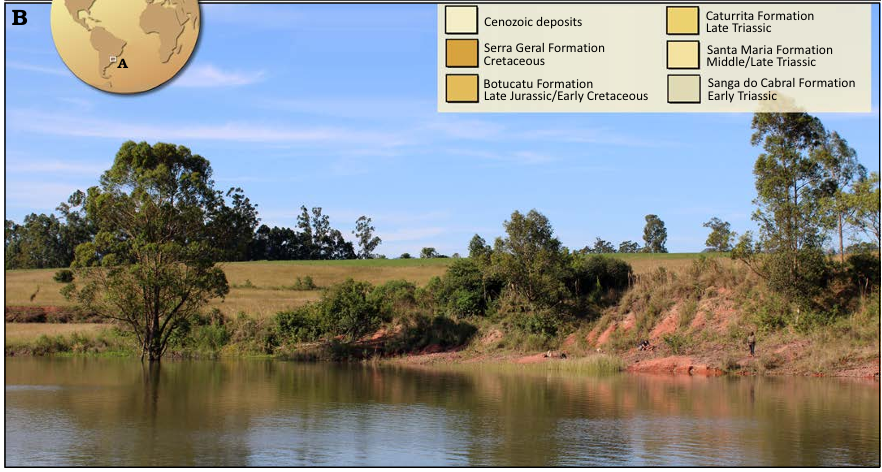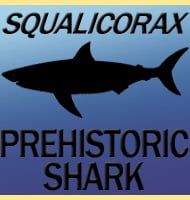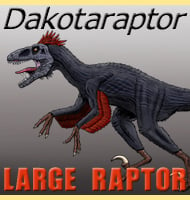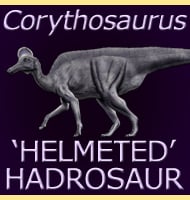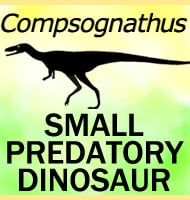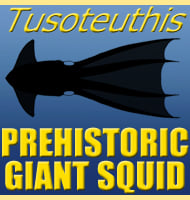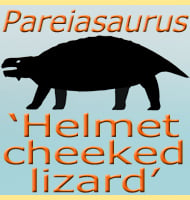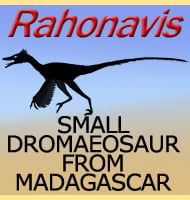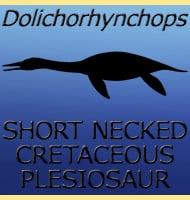A new species of an ancient relative of crocodiles has been discovered in southern Brazil. The creature, named Retymaijychampsa beckerorum, lived during the Triassic period, about 230 million years ago.
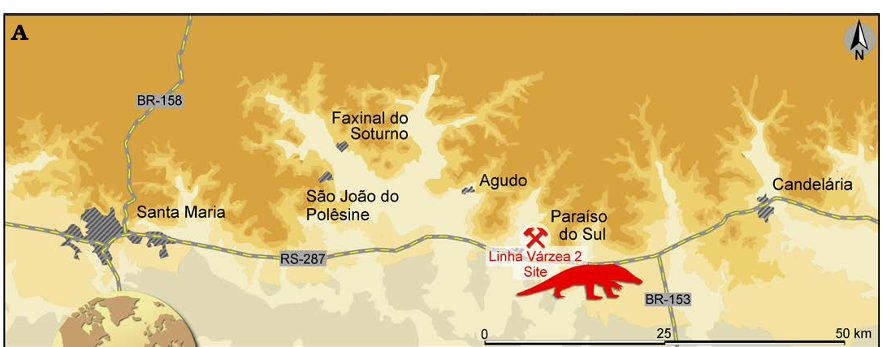
This find is important because it helps scientists learn about the early evolution of archosaurs. Archosaurs are a group that includes crocodiles, dinosaurs, and birds.
The new species is known from an almost complete hindlimb. This is rare because most proterochampsids are known from skull remains. This find gives important information about their bodies. The hindlimb is important in understanding the evolution and posture of early archosaurs.
Retymaijychampsa beckerorum was found at the Linha Várzea 2 (Becker) Site, in Rio Grande do Sul, Brazil. The rocks here are from the Dinodontosaurus Assemblage Zone, dating back to the Ladinian to early Carnian ages.
The name Retymaijychampsa comes from Guarani words for “leg” and “strong,” plus the Greek word “champsa” for crocodile. The species name beckerorum honours the Becker family, who own the land where the fossil was found.
Retymaijychampsa had some unique features. It lacked a fossa (a depression) on the distal portion of the femur. Its fibular condyle stuck out more than the tibial condyle. Also, its tibia was very strong.
Proterochampsids are identified by their long skulls, dorsally-oriented nostrils, and asymmetrical feet.
The scientists did a phylogenetic analysis, which uses data to figure out how species are related. This showed that Retymaijychampsa beckerorum is closely related to Proterochampsa.
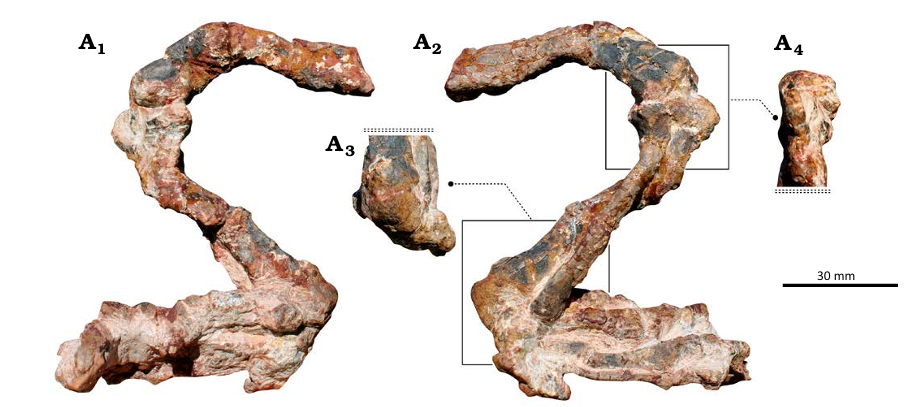
They used a data matrix with 401 characters and 26 OTUs (operational taxonomic units) and software called TNT v. 1.5.
The scientists have defined a new group called Proterochampsinae. This includes Retymaijychampsa beckerorum and both species of Proterochampsa. This group shares features like coarse ornamentation on the sides of certain skull bones.
Retymaijychampsa beckerorum shows that proterochampsids were diverse in Triassic times.
Proterochampsids, once thought to be only in South America, are now known to have lived in other places too.
This discovery also fills a gap in the fossil record. Retymaijychampsa is one of the oldest proterochampsid species that is closely related to Proterochampsa. It fills a “ghost lineage,” a period where there were no fossils of this type.
Based on the length of its tibia (shin bone), scientists think the skull of Retymaijychampsa beckerorum was about 80 to 126 mm long. This means it was small compared to other proterochampsids.
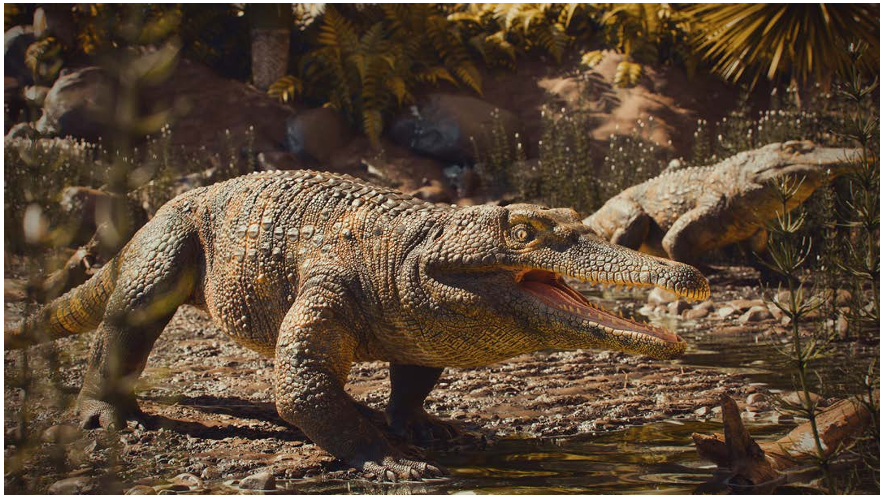
The hindlimb of Retymaijychampsa suggests it may have moved differently from other proterochampsids. The find supports the idea that different proterochampsids lived in different environments during the Triassic period.
The fact that Proterochampsinae includes species from both South America and North America suggests this group lived in many places. This find adds to the growing list of Triassic tetrapods (four-legged animals) that lived in both South America and North America.


